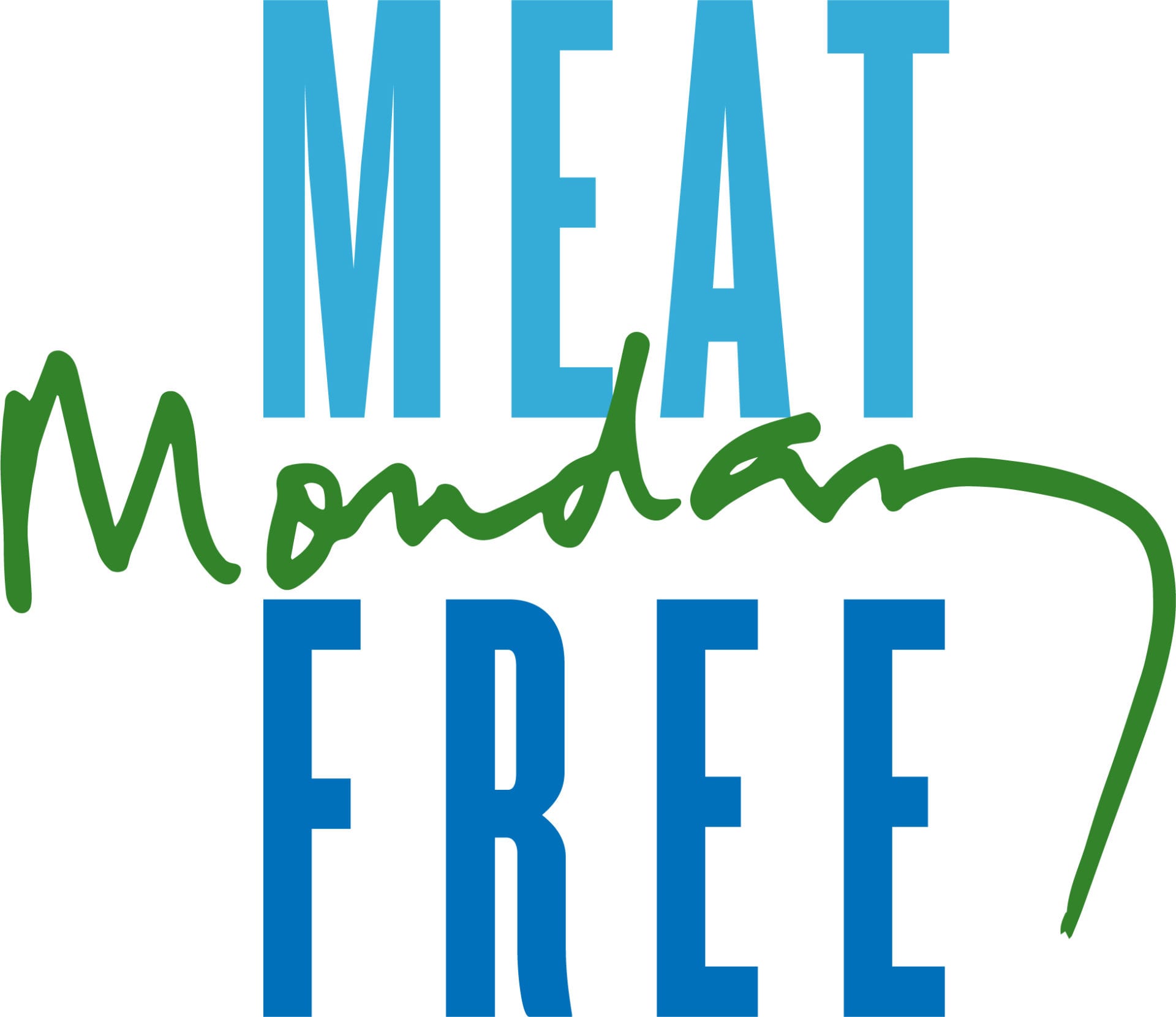Does a Healthy Diet Help Lead to a Healthy Environment? looks at the food consumed by vegetarians and omnivores in terms of land use.
To produce a year’s worth of food for a typical meat-eating American requires 3,370 square meters of land – 2,950 square meters of that simply to feed, water and house farm animals. By contrast, food for a typical vegetarian can be produced on just 270 square meters.
Less land and fewer animals means less environmentally toxic reactive nitrogen and fertilisers bleeding into agricultural land – an omnivore’s diet results in the creation of 22kg of reactive nitrogen over the course of a year, a vegetarian’s 12kg.
The study’s author, life-cycle engineer Christine Costello, says it is important to demonstrate how consumption choices impact upon the environment, and hopes once the study is completed to have uncovered data that will influence environmental policy.
“Before, we knew that our diets were connected to the environment and our land use. Now, we have explicit links, as we can calculate and corroborate inputs like fertilisers, nitrous oxide, and we can obtain more accurate numbers. A decrease in the proportion of meat, dairy and eggs in the average American diet would be better for our health and better for our planet as a whole.”
She is also exploring the issue of food waste in a country whose inhabitants typically eat more than twice the recommended amount of protein, 60 per cent of it from animal products.
According to official figures, every year the US throws away 51 per cent of its dairy products, 54 per cent of its fruit, 47 per cent of its vegetables, 35 per cent of its chicken and 20 per cent of its beef; and whose people eat
“This excess food consumption wastes energy,” says Costello, “and spoiled food wastes energy. Changing our diets and changing our consumer habits could significantly reduce nutrient inputs, greenhouse gas emissions [and] agricultural land use, and cause positive health impacts.”
